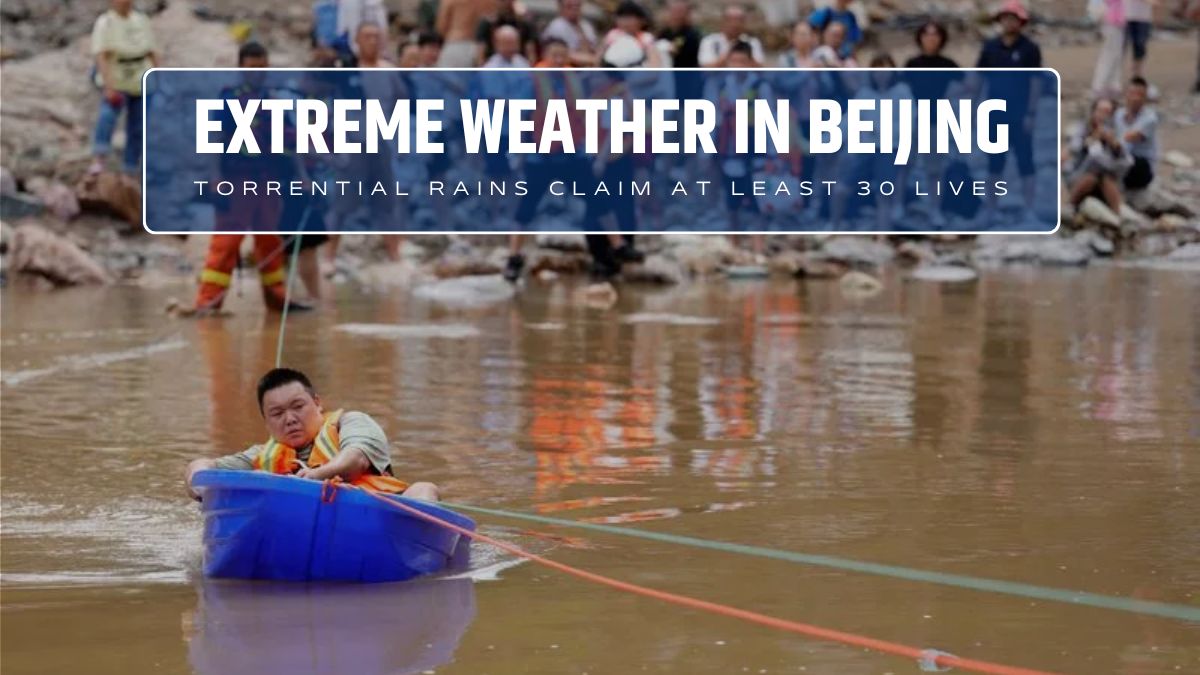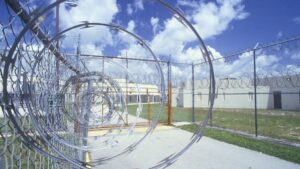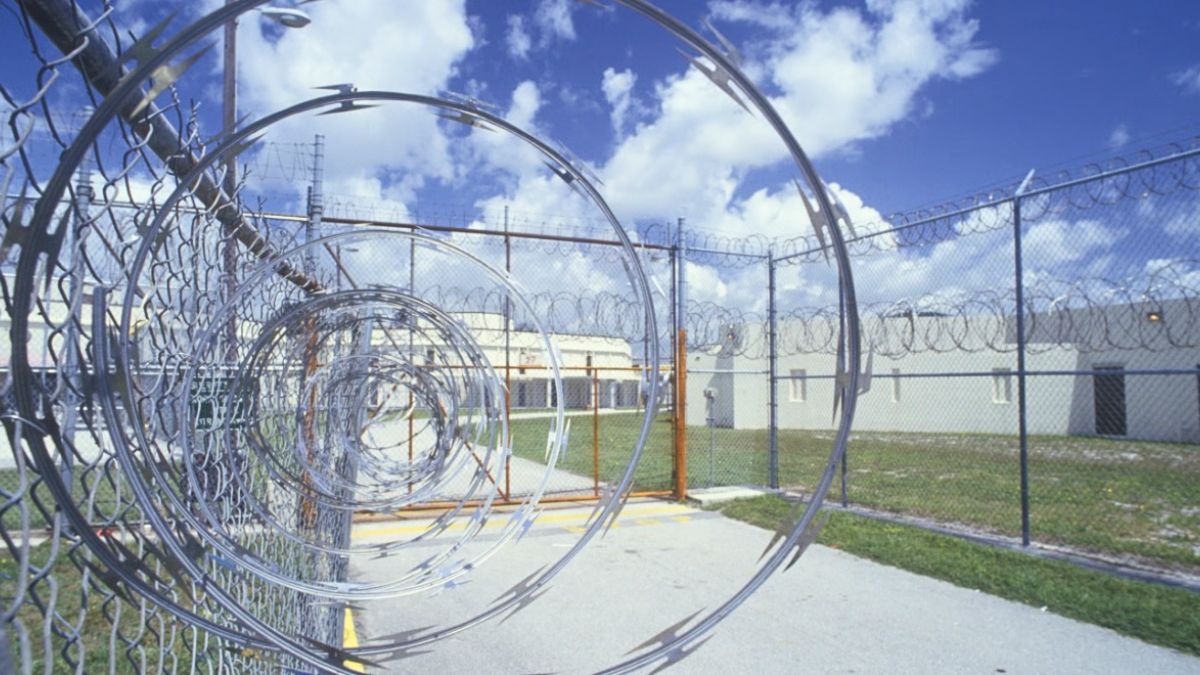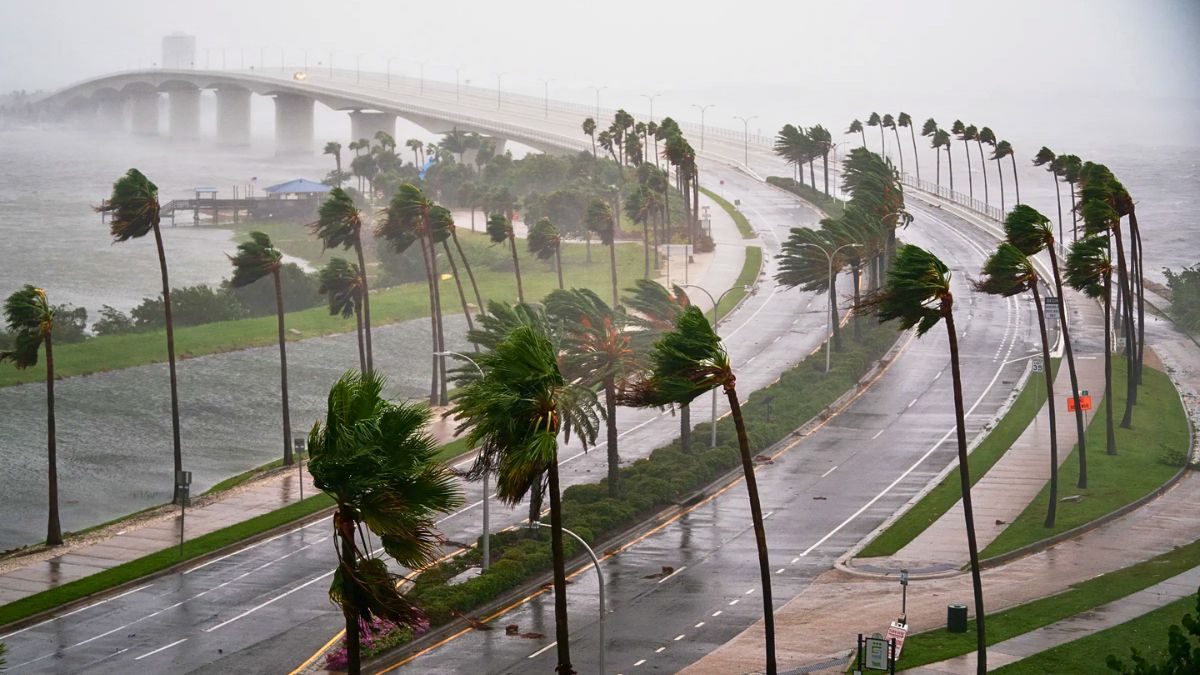At least 30 people have died in Beijing after a devastating bout of extreme rainfall hit the city, dumping a year’s worth of water in just a few days. The storms overwhelmed infrastructure, submerged entire villages, and exposed how vulnerable even modern cities are when nature pushes limits. For many experts, the tragedy in Beijing signals a growing trend: cities turning into “rain traps” amid climate extremes.
Downpour
It all began last Wednesday, when heavy rain started sweeping across northern China. By Monday, the skies had opened with brutal intensity over Beijing and its neighboring provinces. In some of the capital’s northern districts, rainfall hit a staggering 543.4 mm — that’s over 90% of the city’s average annual rainfall falling in under a week.
Beijing usually gets about 600 mm of rain per year. To get nearly all of that in a few days? That’s not just unusual. It’s catastrophic.
Impact
The hardest hit areas were mountainous districts north of the city, including Miyun and Yanqing. The official count: 28 people dead in Miyun, and two in Yanqing. It’s unclear exactly when the deaths happened, but the flooding came fast and fierce. At one elderly care center in Miyun, floodwaters rose nearly to the roof, trapping dozens inside until rescuers pulled them out with ropes.
More than 80,000 people had to be evacuated. Roads were washed away, power lines downed, and communications in 136 villages were knocked out. Parks, museums — even the iconic Forbidden City — shut their doors. Public transit and hundreds of flights were either canceled or delayed. In a city known for its precision and planning, the deluge brought everything to a halt.
Geography
So what made it so bad?
Experts point to Beijing’s unique topography. The city is flanked by mountains to the west and north. Those mountains act like a giant wall, trapping moist air and forcing it to rise. That, combined with atmospheric conditions, led to sky-burst levels of rain.
As Xuebin Zhang, CEO of the Pacific Climate Impacts Consortium, explained, most urban systems simply aren’t designed to handle this kind of volume in such a short time.
Pattern
This isn’t a one-off.
In 2023, another round of flooding killed 33 people in Beijing. In Hebei province, rainfall doubled the yearly average in just two days. These aren’t normal fluctuations. Some scientists are linking the rise in extreme rainfall events to global warming, especially in regions that were historically drier.
Northern China has typically been more arid than the south. But now, record precipitation is becoming more common — and more deadly.
Rescue
President Xi Jinping ordered an “all-out” rescue operation, acknowledging the “heavy casualties and property losses.” Emergency crews are working nonstop, but conditions are challenging. In Hebei, four more people were killed in a landslide, and eight are still missing.
In Tianjin, parts of villages are under water, with only rooftops visible. Residents are still trapped, and some took to social media, pleading for help. One post read, “The flood is still coming… no power, no signal, I can’t reach my family!”
Ongoing
The forecast isn’t offering much relief. More rain is expected in the coming days, and the Ministry of Emergency Management says the situation remains “complex and severe.” Infrastructure damage is widespread, and the region’s ability to handle more rainfall is wearing thin.
The Hai River Basin, which includes Beijing, Hebei, and Tianjin, is one of China’s most populated and economically vital regions. When it floods, the impacts ripple far beyond local communities.
The tragedy in Beijing is a stark reminder of how climate extremes are pushing our cities to their limits. As rainfall patterns grow more erratic, urban planners, governments, and citizens will all need to rethink how to prepare for a wetter, wilder future.
FAQs
How much rain fell in Beijing?
Up to 543.4 mm fell in a few days — nearly a year’s worth.
Which areas were worst hit?
Miyun and Yanqing districts in northern Beijing suffered most.
How many people died in the floods?
At least 30 people have died in the Beijing region.
Why is Beijing called a rain trap?
Mountains trap moist air, forcing rain to intensify locally.
Is climate change a factor here?
Experts suggest rising rainfall is linked to global warming.
























